 "ttyymmnn" (ttyymmnn)
"ttyymmnn" (ttyymmnn)
07/21/2015 at 13:35 • Filed to: Planelipnik, planelopnik history
 9
9
 9
9
 "ttyymmnn" (ttyymmnn)
"ttyymmnn" (ttyymmnn)
07/21/2015 at 13:35 • Filed to: Planelipnik, planelopnik history |  9 9
|  9 9 |
This is today’s Aviation History Speed Round , getting you caught up on milestones and important historical events in aviation from July 18 through July 21.
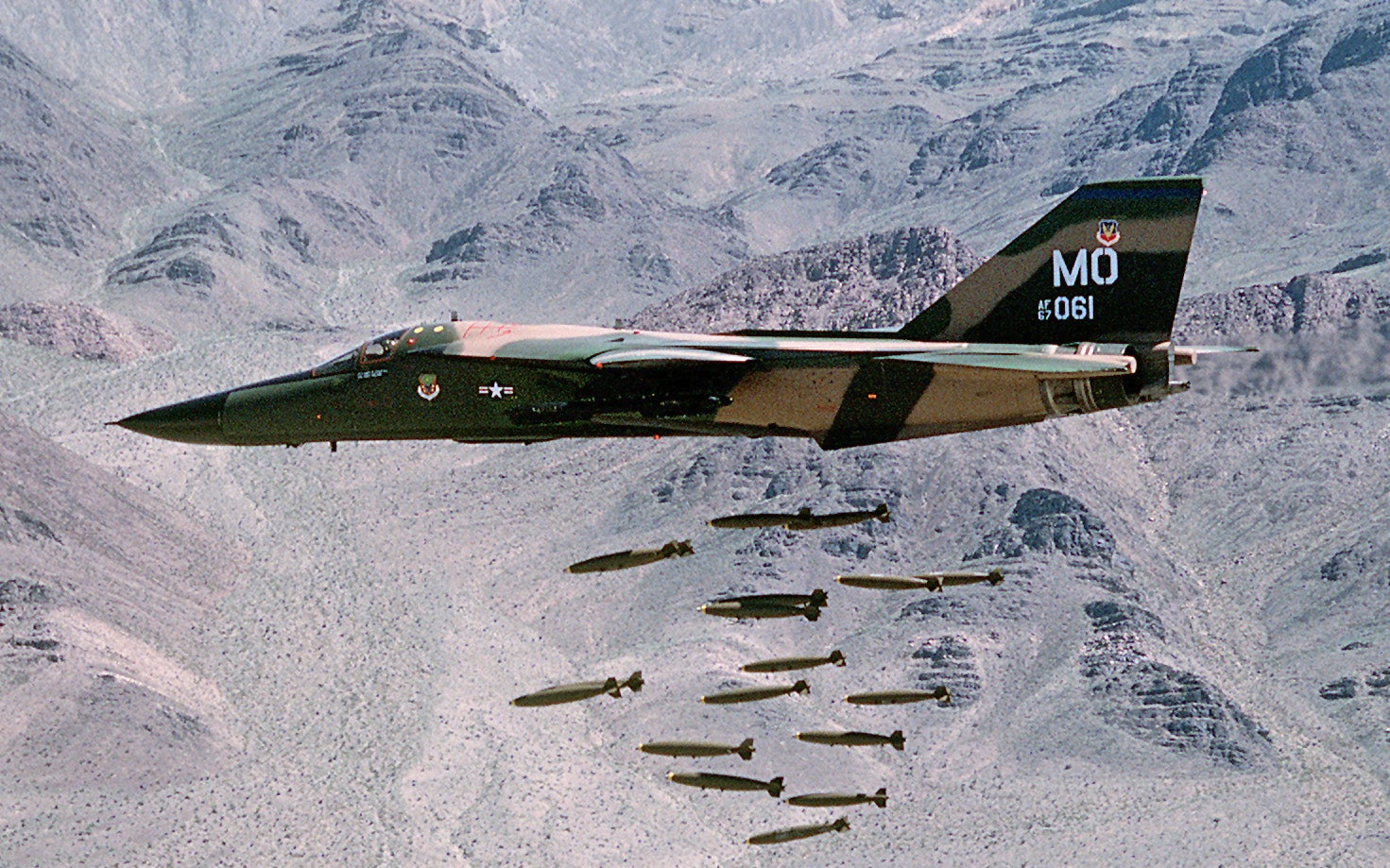
July 18, 1967 – The General Dynamics F-111 Aardvark enters service with the US Air Force. For many years following WWII, the US Air Force followed a doctrine of high-level bombing, similar to what they had done so effectively against Germany and Japan during the war. But in May of 1960, when a Lockheed U-2 spy plane was shot down over the Soviet Union, it became clear that the high-altitude reach of modern surface-to-air missiles required a change in tactics. The new theory espoused high-speed, low-level attacks where aircraft were harder to detect on radar and SAMs were less effective. Both the Air Force and Navy sought new aircraft that could fulfill this role, and Defense Secretary Robert McNamara believed that one aircraft could serve both branches. This began the search for a plane to satisfy the requirements of the Tactical Fighter Experimental (TFX) program. General Dynamics, with its swing-wing F-111, was selected. The Aardvark proved unsuitable for Navy operations, and the F-111 entered service with the Air Force in 1967. The F-111 saw its first action in the Vietnam War, as well as the raids against Libya in 1986 and the first Gulf War in 1990. The Aardvark was retired by the Air Force in 1998, though the electronics countermeasures variant served until 1998. The Royal Australian Air Force kept the F-111 in service until 2008.
July 19, 1989 – The crash of United Airlines Flight 232 in Sioux City, Iowa. United Flight 232 was a regularly scheduled flight of a McDonnell Douglas DC-10 from Denver International Airport to Chicago O’Hare that, at the time of the incident, was cruising at 37,000 feet when the fan disk on the tail-mounted engine failed. Pieces of the broken disk ruptuered all three hydraulic lines on the DC-10, leaving the aircraft virtually uncontrollable. As Captain Alfred Haynes and first officer William Records stuggled to control the aircraft, they were joined in the cockpit by Training Check Airman Captain Dennis E. Fitch, a passenger on the flight. The crew realized that they could gain a measure of control over the plane by steering by alternating the thrust of the two operable wing engines, and they could change altitude by altering the thrust of the engines together. They decided to attempt an emergency landing at Sioux City, Iowa. Without control of the flaps and slats, they could not flare, nor could they slow the plane down to the appropriate landing speed. They landed hard and fast, slightly off center of the runway, and the plane cartwheeled down the runway, with portions of the fuselage ending up in a nearby cornfield. Despite the hard landing, 185 of the 296 passengers and crew survived the crash, and the crew was heralded as heroes, with their teamwork held up as a shining example of good cockpit resource management (CRM). The failure of the fan disk was found to have been caused by improper manufacturing processes and a failure to identify cracks in the blades during routing maintenance. As a result, maintenance and manufacturing procedures were changed to prevent future accidents, and changes to the hydraulic system were implemented to ensure that complete loss of hydraulic pressure would not happen in the future.
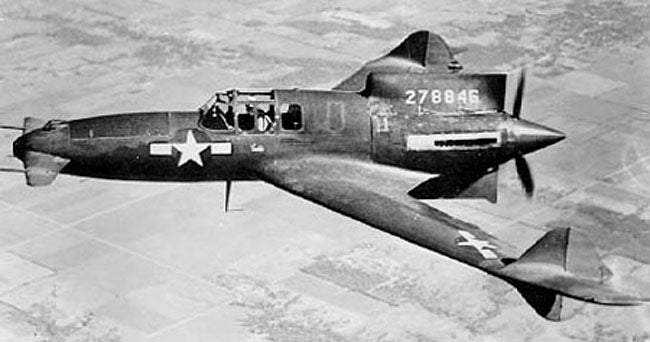
July 19, 1943 – The first flight of the Curtiss-Wright XP-55 Ascender. Fearing that American aircraft development was stagnating, the US Army Air Corps issued Request for Data R-40C in 1940 hoping to encourage designers to create new aircraft that went beyond the monoplane arrangement that had become standard during the 1930s. In response to this request, the Curtiss-Wright Company proposed the XP-55 Ascender, a monoplane with a pusher propeller and a forward canard. Originally designed for the experimental Pratt & Whitney X-1800 24-cylinder engine, the airframe had to be modified to fit a less powerful Allison V-12 when the X-1800 was canceled. Another unique feature to the Ascender was a feature was a propeller that jettisoned in case the pilot needed to bail out of the airplane. Three prototypes were built, and testing showed that the airplane displayed poor stall characteristics when the first prototype was lost to a crash while testing the stall envelope of performance. Designers increased the size of the canard and altered the trim mechanisms on the second prototype, and the stall characteristics were much improved. The third prototype saw further improvements to the wing, but this prototype was also lost to a crash that killed the pilot as well as two (or four) civilians on the ground. Perhaps because of the compromise made with the engine, the Ascender’s performance was found to be inferior to conventional fighters, and advances in jet fighters led to the XP-55’s cancellation of the project.
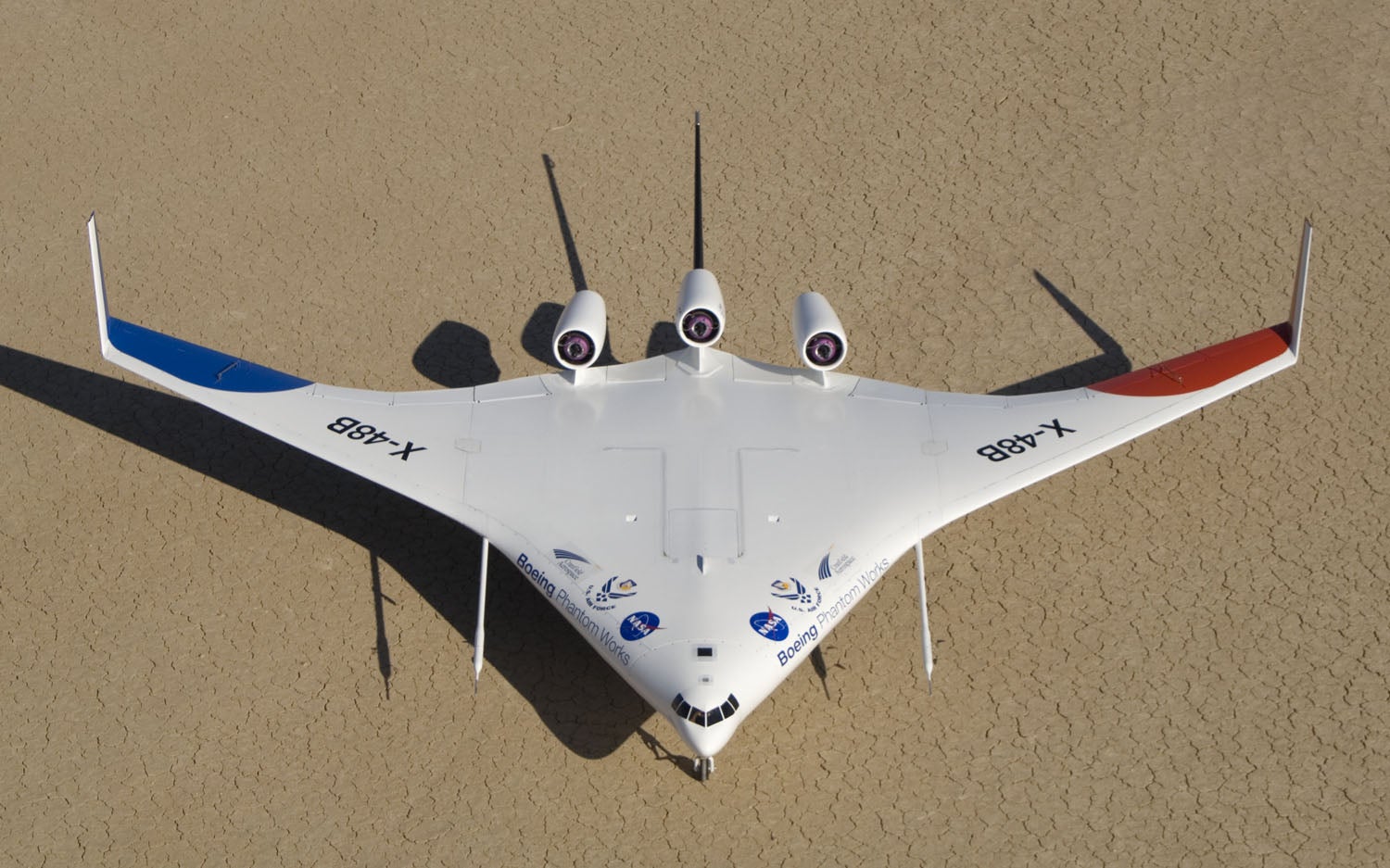
July 20, 2007 – The first flight of the Boeing X-48. Ever since the Wright Brothers, aircraft have had basically the same shape: a tube fitted with wings. While this arrangement has proven to be quite effective, engineers are always looking for ways to improve the model, and one of those attempts was made with the concept of the blended wing body (BWB). BWBs differ from flying wings which have no distinct fueselage; in a BWB, the wings blend into the fuselage and the entire airframe is capable of generating lift. Boeing began exploration of this new concept with their X-48, an unmanned aerial vehicle that was powered by three turbojet engines in pods on the top of the rear fuselage. Wind tunnel testing was completed in 2005, followed by ground tests at NASA’s Dryden Flight Research Center at Edwards Air Force Base. On the first flight, the aircraft reached an altitude of 7,500 feet, and subsequent tests on modified airframes continued until 2013. While the tests were considered a success, designers felt that passengers would not like sitting inside an airplane with few or no windows, and the arrangement also hampered potential emergency evacuation. Therefore, the likelihood of seeing full-sized BWBs will depend on whether a version can be produced for the military as a cargo hauler.
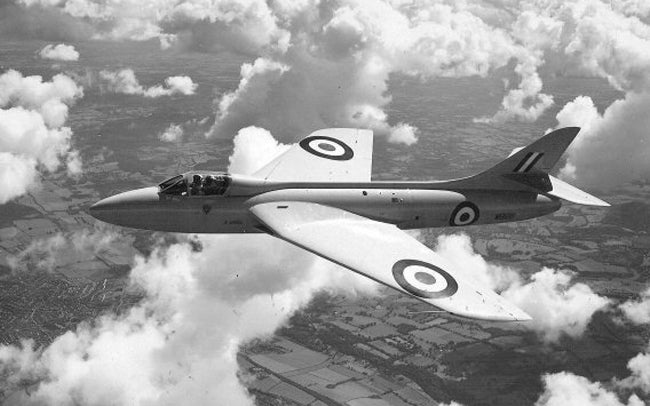
July 20, 1951 – The first flight of the Hawker Hunter.
Sydney Camm, Hawker Aviation’s chief designer, was one of early proponents of swept-wing design, starting with the
!!!error: Indecipherable SUB-paragraph formatting!!!
, a variant of the straight-winged
!!!error: Indecipherable SUB-paragraph formatting!!!
, then the
!!!error: Indecipherable SUB-paragraph formatting!!!
a further development with swept tail planes and a single engine. In 1946, the British Air Ministry issued a specification for a new daytime, jet-powered interceptor to be powered by the Rolls-Royce Avon turbojet. Hawker responded with the P.1067, a graceful, swept-wing design with a nose air intake, but that was then switched to intakes in the wing roots to allow for the installation of a nose-mounted radar. Two prototypes were built, and the Hunter was ordered into production in 1950, the first jet-powered aircraft by Hawker to enter service with the RAF. Hawker was competing with the
!!!error: Indecipherable SUB-paragraph formatting!!!
, an aircraft of similar design, but the Hunter proved to have significantly better performance, and was the first RAF aircraft capable of matching the performance of the
!!!error: Indecipherable SUB-paragraph formatting!!!
. The Hunter was a subsonic aircraft, and as the RAF moved into the supersonic age, the Hunter remained in service, taking on the role of ground attack and reconnaissance. Nearly 2000 Hunters were produced, and roughly half of those were sold to twenty-one export customers around the world. The Hunter flew for the RAF for over thirty years, and some were flying for international customers as late as 1996. A number of Hunters can still be seen flying the air show circuit in the hands of private collectors.
Short Take Off
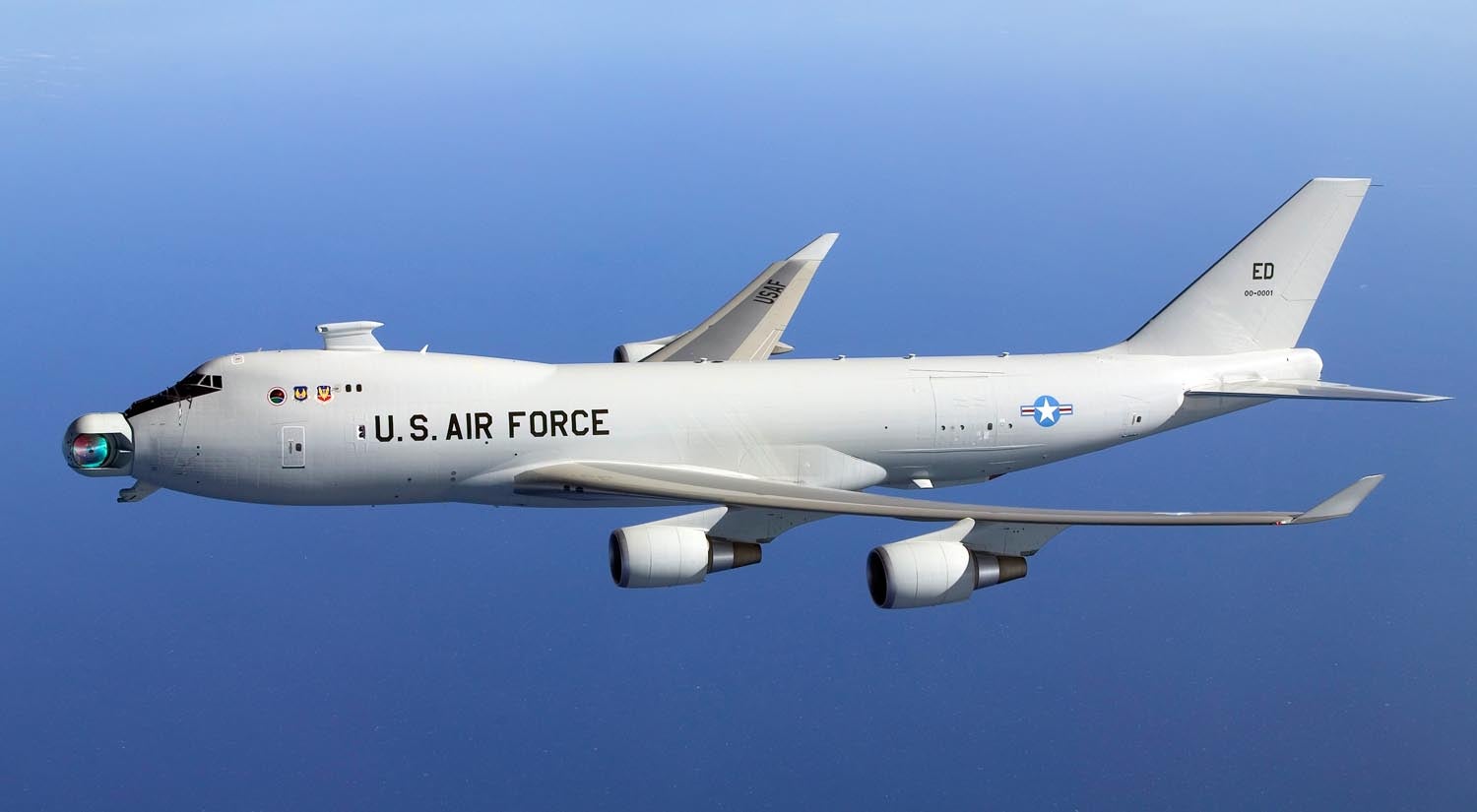
July 18, 2002 – The first flight of the Boeing YAL-1
, a modified Boeing 747-400F that mounted a megawatt-class chemical oxygen iodine laser intended to destroy tactical ballistic missiles. Two test missiles were destroyed in 2010 before the program was cancelled in 2011.
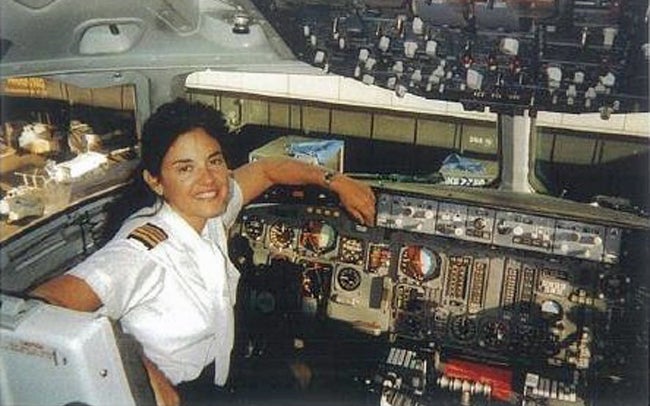
July 18, 1984 – Beverly Lynn Burns becomes the first woman to command a Boeing 747 , flying PEOPLExpress flight 604 from Newark to Los Angeles. By her retirement in 2008, Burns had served as captain on the Boeing 727, 737, 747, 757, 767, 777 and McDonnell Douglas DC-10. (Photo by Robert Burns via !!!error: Indecipherable SUB-paragraph formatting!!! )
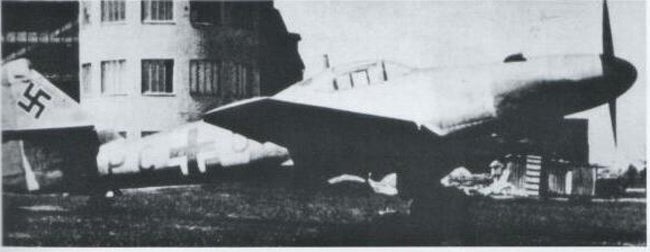
July 18, 1942 – The first flight of the Messerschmitt Me 262 under jet power. While the Me 262 airframe was ready for flight in 1941, it’s BMW turbojet engines would not be ready for three more months. Therefore, the first test flights were completed with a Junkers Jumo 210 engine in the nose.

July 20, 1976 – NASA’s Viking I probe lands on Mars. The Viking 1 was the first spacecraft to land on Mars and successfully perform its mission. It also held the record for the longest Martian mission of 2307 days before being surpassed by the Opportunity rover.
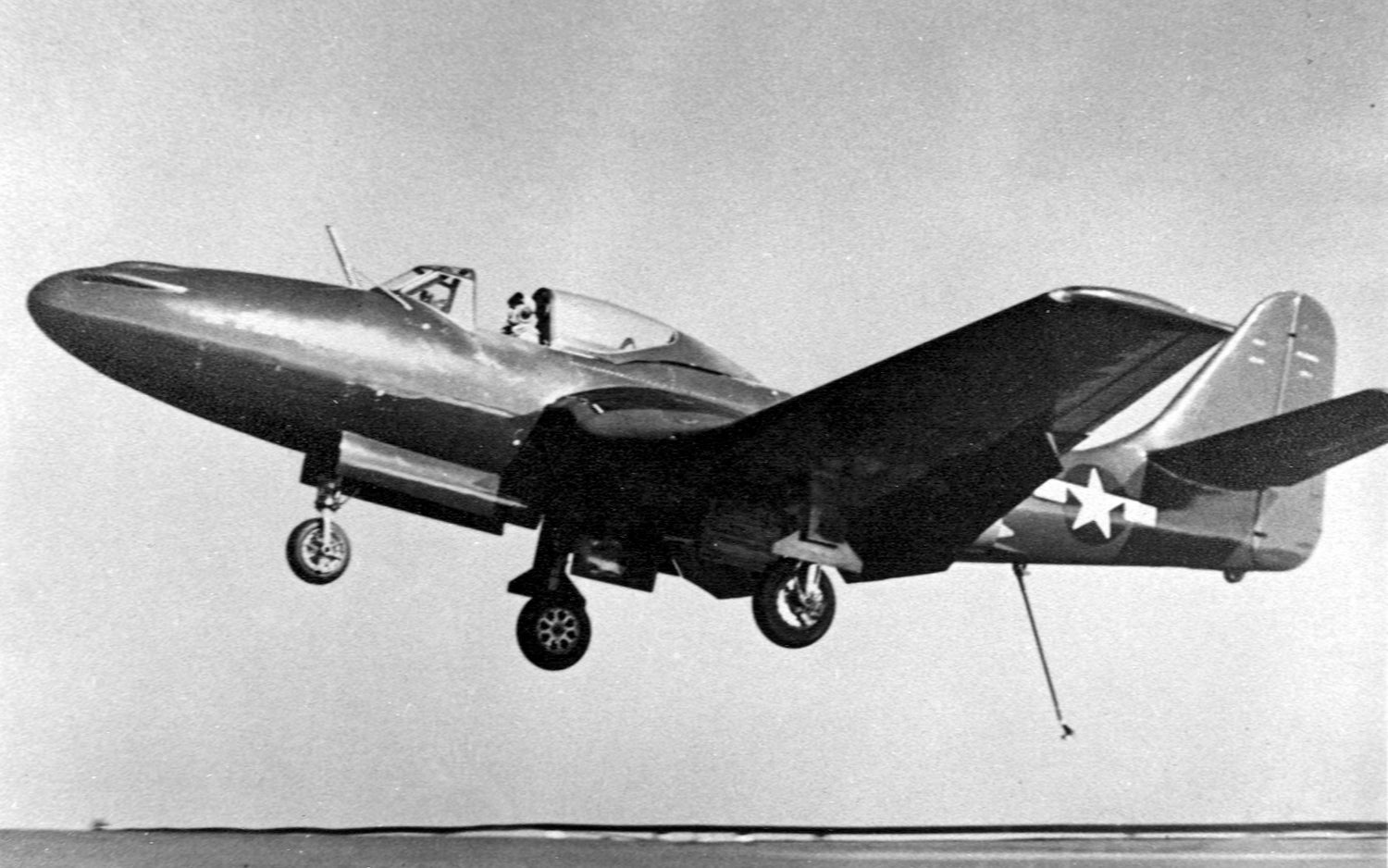
July 21, 1946 – The first landing by a purely jet-powered aircraft aboard an American aircraft carrier , when a McDonnell FH Phantom touches down on the USS Franklin D. Roosevelt .
••••••••••••••••••••••••••••
If you enjoy these Aviation History posts, please let me know in the comments. And if you missed any of the past articles, you can find them all at !!!error: Indecipherable SUB-paragraph formatting!!! .
All photos are Public Domain or taken by the author unless otherwise credited.
 RamblinRover Luxury-Yacht
> ttyymmnn
RamblinRover Luxury-Yacht
> ttyymmnn
07/21/2015 at 14:00 |
|
Several addenda:
Item 1 covers the switch from high altitude/low speed strategy to low-speed insertion, but one reason the U2 has seen such a renaissance is that being able to hit things that high is really, really expensive. The missiles used to down Gary Powers in both size and number used, with their dependence on a semi-permanent site, are not something anybody but the Russians could make use of regularly for that kind of return. Didn’t it take upward of a dozen SA2s? Low speed insertion can be taken too far, as demonstrated by getting even the Nighthawk so low as to make engagement with IR SAM systems possible.
Flight 232 is a forgotten legend, along with the lesson it teaches: parallel system failures are always, always more likely than you think.
XP-55: I wonder how much of its mediocrity fell on less advanced materials science? Nearly every canard platform since has used a composite wing, and flex and light weight seem to help a lot in making them really work. I know the X-29 was only possible due to a lot of spring in the wings.
The RAF museum has a Hawker Hunter, I got to see it. It’s one of the cleanest designs of that era, something that doesn’t always come through in pictures. The DeHavilland Vampire was more fun to look at, of course.
On the 262, the operational engine was not the BMW 003 at final count. It was the Jumo 004. The writing on that topic leaves this a bit unclear. This also has an it’s/its error.
At the time of the first jets entering service in the Navy, nearly all decks were straight-deck and teak surfaced. So, in addition to scorching the decks, the added speed of a jet made the choice between wave-off and sticking the landing very dodgey - you could end up piling into a raft of other airframes readying for missions. A good book covering the topic of the early Navy jets and their contemporaries is
The Naval Air War in Korea,
by Richard P. Hallion.
 user314
> ttyymmnn
user314
> ttyymmnn
07/21/2015 at 14:04 |
|
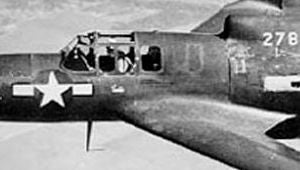
Hehe, Assender.
Nothing really of value to add, I’m just ten years old sometimes.
 user314
> ttyymmnn
user314
> ttyymmnn
07/21/2015 at 14:07 |
|
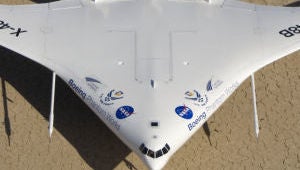
While the tests were considered a success, designers felt that passengers would not like sitting inside an airplane with few or no windows,
Which was part of the problem with the civilian version of the B-49 Northrop floated sixty years prior. That and induced air sickness during turns.
 user314
> ttyymmnn
user314
> ttyymmnn
07/21/2015 at 14:15 |
|
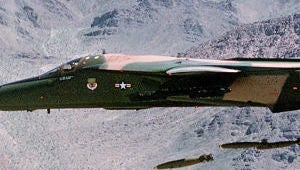
The Aardvark proved unsuitable for Navy operations
As Tom Connolly put it: “There isn’t enough power in all Christendom to make that airplane what we want!“
 The Powershift in Steve's '12 Ford Focus killed it's TCM (under warranty!)
> ttyymmnn
The Powershift in Steve's '12 Ford Focus killed it's TCM (under warranty!)
> ttyymmnn
07/21/2015 at 14:52 |
|
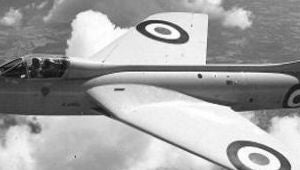
Gorgeous.
 For Sweden
> user314
For Sweden
> user314
07/21/2015 at 15:41 |
|
It is a very polite way of describing what happened.
 Zzoyd
> RamblinRover Luxury-Yacht
Zzoyd
> RamblinRover Luxury-Yacht
07/21/2015 at 20:56 |
|
Also, keeping with your prior writing style, isn’t “Short Take Off” misplaced? Shouldn’t it be above the Mars Rover?
 Zzoyd
> user314
Zzoyd
> user314
07/21/2015 at 21:01 |
|
With the popularity of the iPhone and other mobile devices, providing a good internet connection and I’m not sure anyone would notice nowadays.
 user314
> RamblinRover Luxury-Yacht
user314
> RamblinRover Luxury-Yacht
07/21/2015 at 21:19 |
|
Wiki says a total of 8 SA-2s, and at least one of them hit a pursuing MiG.